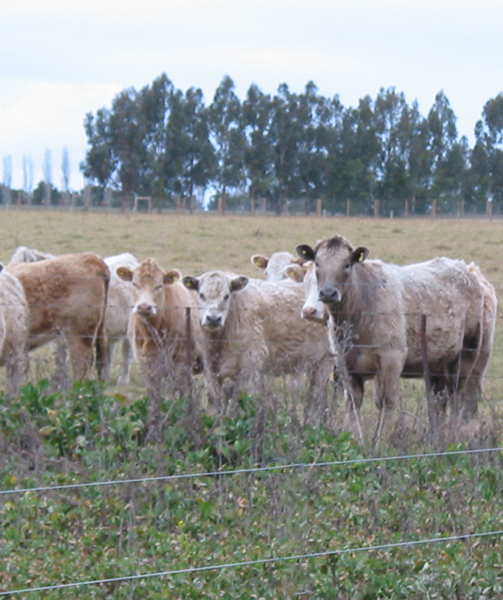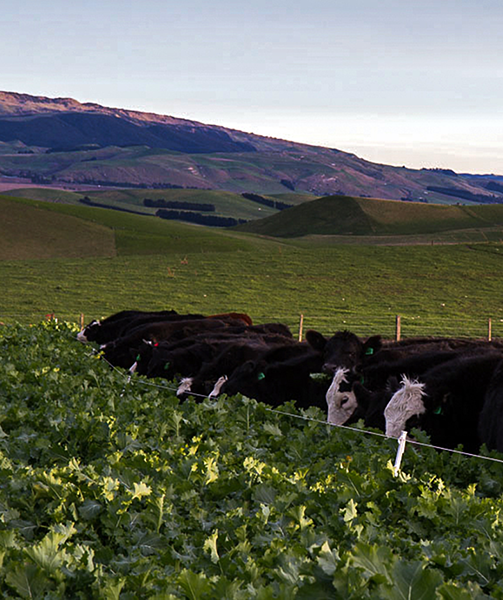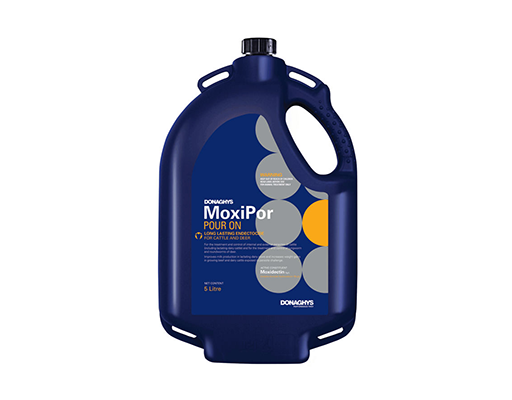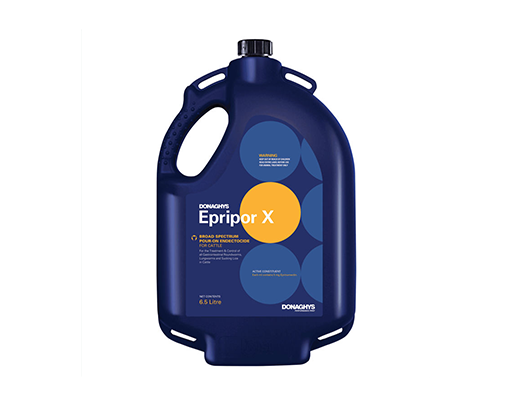The Right Winter Diet is Crucial
Most farmers tend to dry cows off and send them off to grazing without much thought as to what impact this might be having on them physiologically.
The physiological impact can be disastrous (think dead cows from acidosis), while other impacts, like future production and reproductive losses, can go unnoticed. Let us look at transitioning cows from pasture onto brassicas, specifically kale, as an example. Cows can get acidosis from rapidly transitioning onto kale, just like they can on fodder beet. Often the poor performers, after 2-3 weeks of having transitioned from pasture onto crop, have subclinical acidosis.
Another example of rapid transitioning is “red water”. This is when the cow’s urine is red, indicating haemoglobin release in reaction to high levels of S-methyl cysteine sulphoxide (SMCO) in brassicas. Other more obvious clinical signs of rapid transitioning can include weakness, diarrhoea, jaundice, decreased appetite and poor body condition. This rapid transitioning can impact rumen health, that may take months to recover from, impacting production and reproduction for the following season.
What does good transitioning look like?
Animals can take at least 2 weeks to adjust and then consume their maximum voluntary intake when transitioning from a full-pasture diet to one that contains 50 percent brassica. Initially, only allow access to the brassicas for a short period of time and build up the final allowance over a period of 10 days. While building up the full allowance, we should use complementary feeds that are high in fibre such as baleage, hay or straw, pasture and pasture silage. Be sure to observe animals closely for signs of toxicity, such as nitrate poisoning or bloat.






